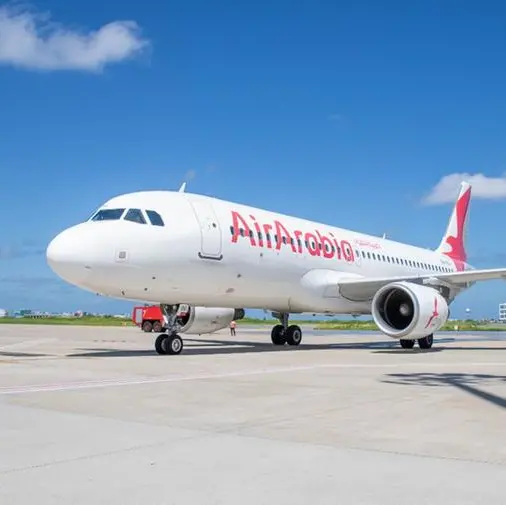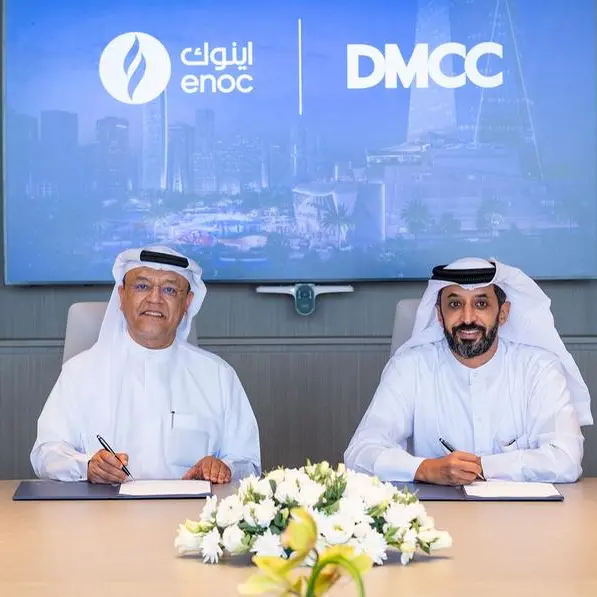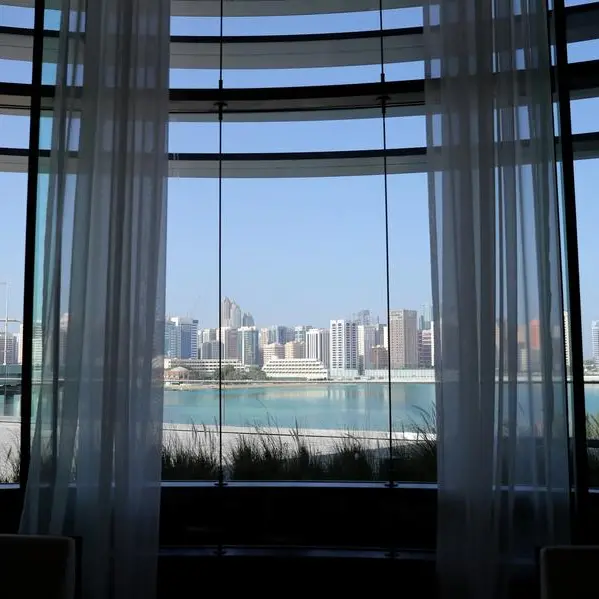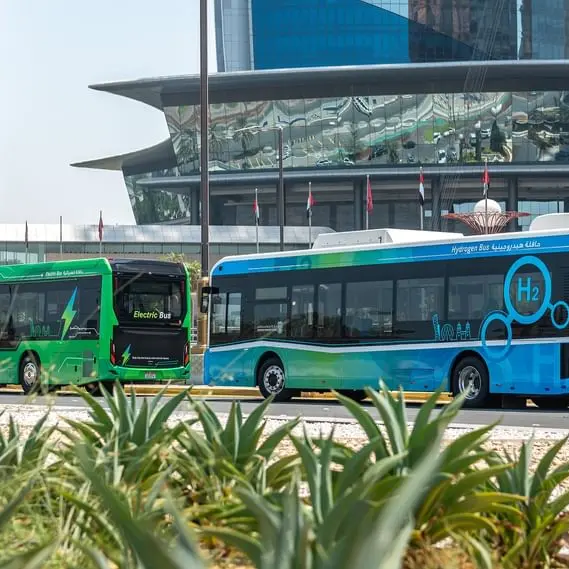PHOTO
The market share of Islamic banks (including Islamic windows) in Bahrain is expected to increase in 2021-2022, driven by bank mergers and acquisitions, and a rising awareness of shariah products among the public.
In a recent report, Fitch Ratings said the growth will build on its current position of accounting for 37.1 percent of domestic banking system assets and 17.2 percent of total banking system assets (including foreign assets).
Total Islamic banking assets in the kingdom reached 35.7 billion at end-2020 or about 106 percent of Bahrain's GDP. The domestic market share of Islamic banks has been steadily rising from 35.4 percent in 2015, driven by an increase in real estate financing, but the pandemic and lower oil prices in 2020 resulted in domestic asset growth of Islamic banks (2.1 percent) lagging conventional banks' (5.7 percent).
“The Islamic banking sector benefits from mainstream relevance and high awareness of Islamic products, a wide branch and digital banking network, government support in the form of an enabling regulatory framework and the availability of Islamic liquidity-management instruments,” the ratings agency said.
In the medium term, the Islamic banking market share could receive a boost from the conversion of Ahli United Bank to an Islamic bank from a conventional bank upon the acquisition by Kuwait Finance House. Following the conversion, Bahrain's largest bank would be shariah-compliant. The acquisition could also create the GCC's sixth-largest bank, with over $100 billion in assets. However, the acquisition was postponed due to the pandemic.
Key sector challenges are, like for their conventional counterparts, a dampened economic environment and the already concentrated nature of Bahraini banking system.
In 2020, Islamic retail banks in Bahrain saw lower profitability and higher non-performing facilities than conventional retail banks.
Islamic banks were adequately capitalised and at similar levels to conventional banks. During 2020, Islamic banks benefited from a larger central bank liquidity package of 642.5 million, compared with conventional banks' 610 million. This was in the form of concessionary repo to eligible banks at 0 percent with up to a six-month maturity period.
(Writing by Brinda Darasha; editing by Seban Scaria)
Disclaimer: This article is provided for informational purposes only. The content does not provide tax, legal or investment advice or opinion regarding the suitability, value or profitability of any particular security, portfolio or investment strategy. Read our full disclaimer policy here.
© ZAWYA 2021






















